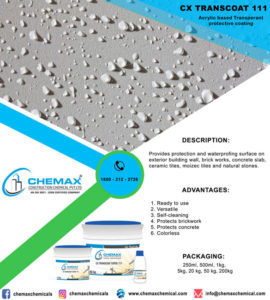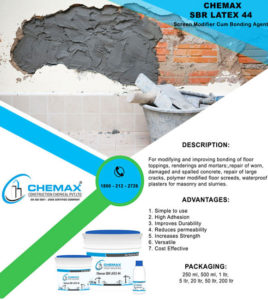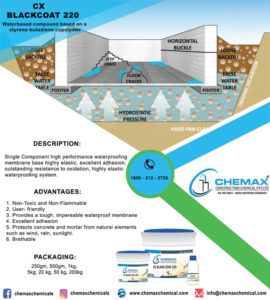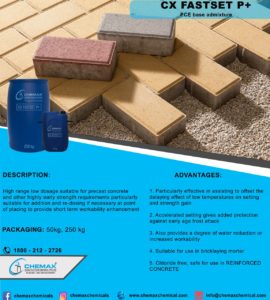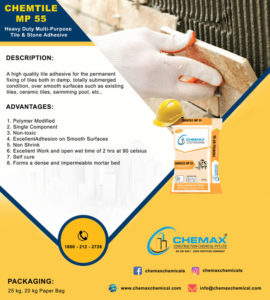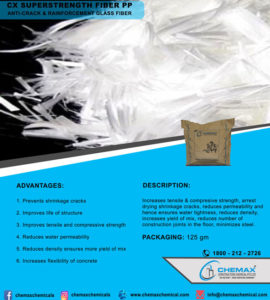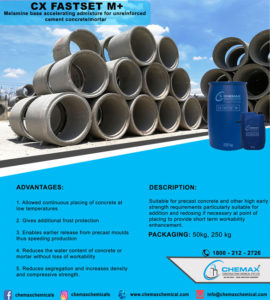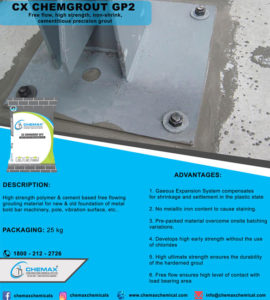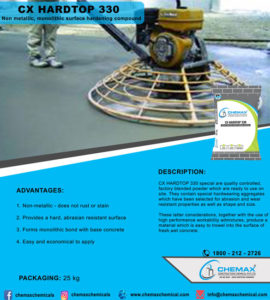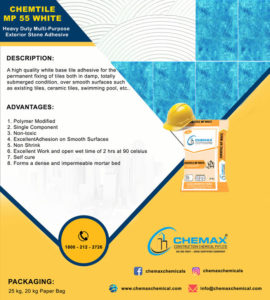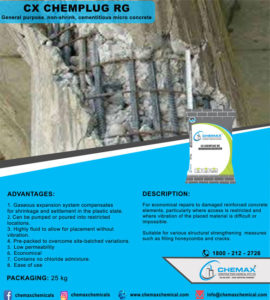Cementitious grouts remain the go-to material for builders and contractors in the modern business. However, epoxy grouts are becoming more and more common due to the ceramic industry’s ongoing improvements.
Epoxy grout is created using epoxy resins and fillers, as opposed to cement-based grouts, which are created from a cementitious powder mixture. The grout is totally impermeable and incredibly strong. Unlike epoxy grout, regular cement-based grouts can absorb water when wet, making them susceptible to staining from colored liquids like wine, coffee, and fruit juice. This is because regular cement-based grouts are not waterproof. While certain features can lessen this worry, none can match the benefits of epoxy grout.
Epoxy grout can be your best option if you’re sick of cleaning your grout.
Reactive resin grouts, another name for epoxy grouts, have a wide range of advantages that can be applied to a variety of situations. Due to its impermeable nature, epoxy is perfect for use in places like hospitals, countertops, and food manufacturing facilities where hygiene is highly important. For instance, CHEMAX Epoxy is a great option for grouting in industrial kitchens and meat processing facilities since it complies with EC regulation 852/2004, which deals with cleanliness and food items. It also resists animal fats, oils, and grease.

On the other end of the spectrum, highly ornamental materials such as CHEMAX Epoxy Product Design can enhance the appearance of the surface and dry to a translucent gloss that works especially well with mosaics or glass tiles. The impermeable grouts come in a variety of designer hues, and a grout joint can become a design statement unto itself with the addition of 23 color variations in CHEMAX Epoxy Product.
Epoxy grouts are not limited to this. They are more than suitable for the job because to their excellent durability, attractive appearance, and ease of cleaning, which also make them suitable for use in household settings. Cement-based grout can discolor, stain, and soften with harsh cleaning agents due to wear and strain over time; however, epoxy grout can withstand these frequent issues for many years.
Why then do installers not utilize epoxy grouts more frequently? Epoxy is known for being challenging, challenging to work with, and curing very quickly. However, the negative connotation attached to epoxy is fading in light of recent technological innovations. Compared to their predecessors, they are now simpler to install.
The properly graded colored quartz helps achieve this. The color of classic epoxy grouts comes from the resin, which frequently leaves the tile’s surface covered in a colored smudge-like residue that can be challenging to remove without the right treatment.
However, installers have additional worries when using epoxy grout. I frequently hear people concerned that the grout will set too soon, but pot life is now generally between 45 and 60 minutes, so it’s not the same as it used to be.
I’ve been questioned concerning the application process in addition to the previously mentioned topics. “Is it any different from regular grouts?” The method is pretty similar: mix the material according to the manufacturer’s directions, then apply the epoxy just like you would any other grout. Having said that, there are a few more advantages over cementitious grout, namely during application.
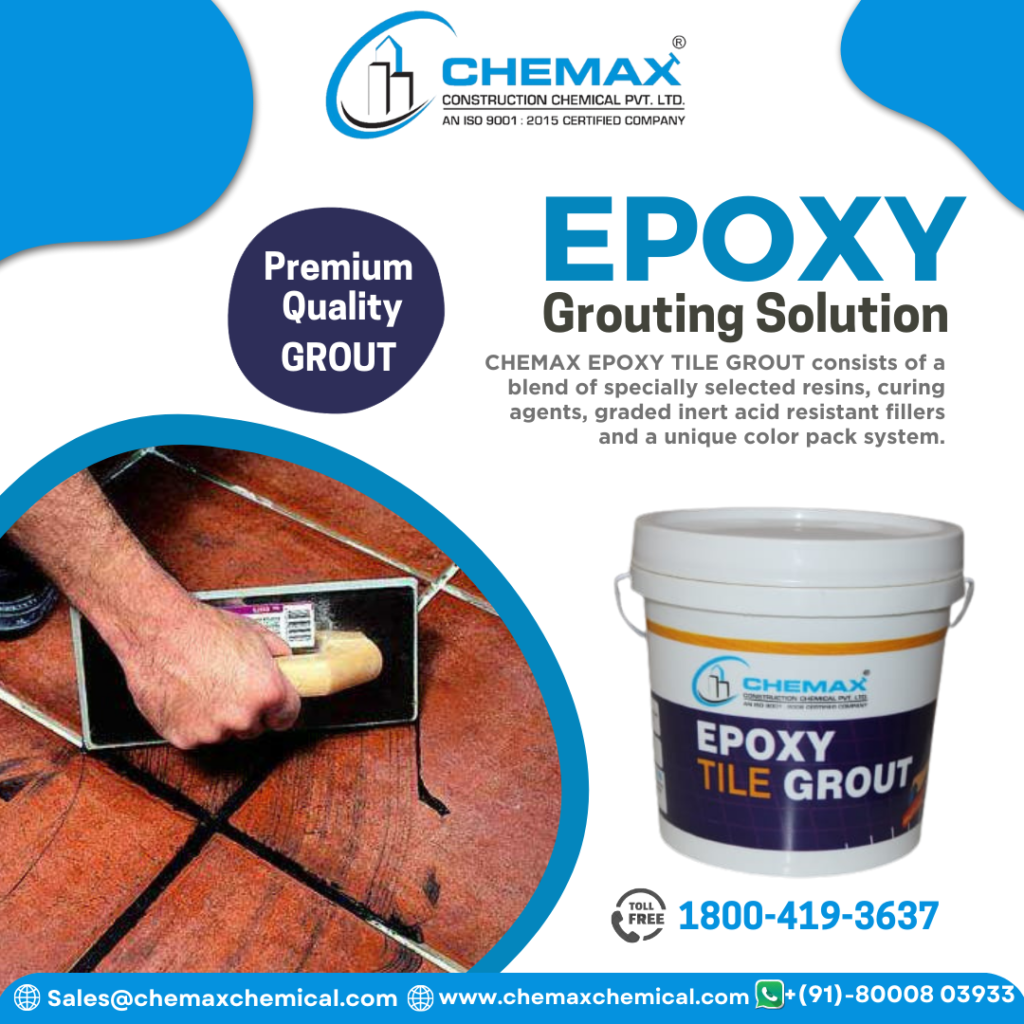
Because most manufacturers will suggest a suitable cleaning solution to assist remove the little haze left on the tile’s surface after installation, the finishing procedure can be as simple as the application.
In order to prove epoxy grouts are not as complicated as they are made out to be and to give you and your client the confidence in such a useful and long-lasting product, we would encourage installers to try these products.




